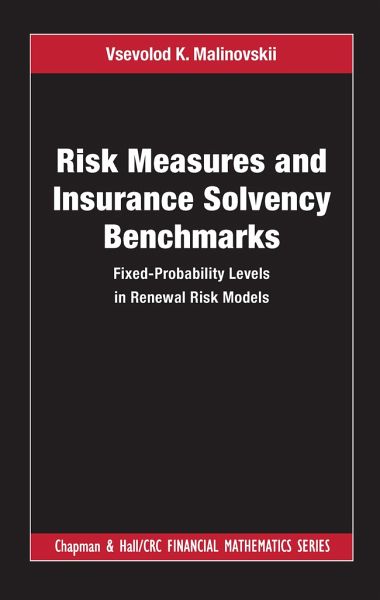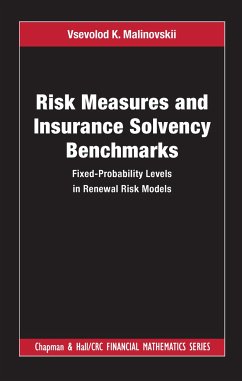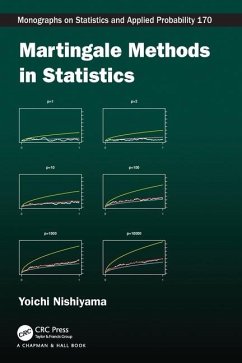
Risk Measures and Insurance Solvency Benchmarks
Fixed-Probability Levels in Renewal Risk Models
Versandkostenfrei!
Versandfertig in 1-2 Wochen
150,99 €
inkl. MwSt.
Weitere Ausgaben:

PAYBACK Punkte
75 °P sammeln!
This book is written for academics and practitioners who are concerned about potential weaknesses of the Solvency II regulatory system. It is also intended for readers who are interested in pure and applied probability and have a taste for classical and asymptotic analysis.














